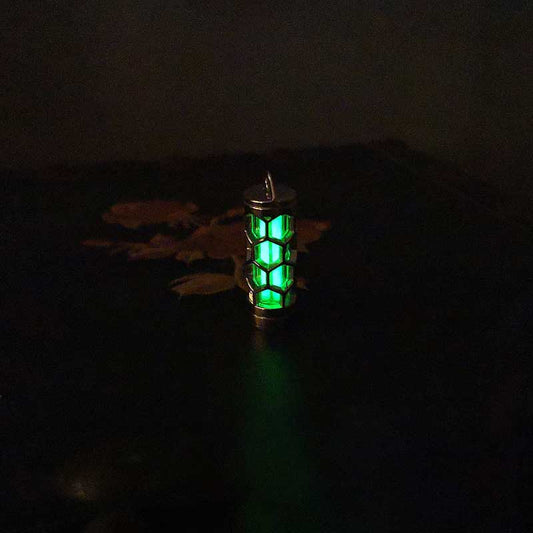What Are Lab-Made Diamonds
What Are Lab-Made Diamonds
In a world where technology evolves at a breakneck pace, it's perhaps no surprise that even the diamond industry has witnessed a transformation. Enter lab-made diamonds, an innovation that’s not just reshaping jewelry markets, but also sparking conversations about ethics, sustainability, and value.
I recall a chat I had with my friend Emily over coffee one morning. She had recently become engaged and was positively glowing—not just with happiness, but with curiosity too. Her fiancé had proposed with a lab-made diamond, a choice that had initially surprised her. She inquisitively delved into research, and in doing so, discovered a fascinating world beneath the sparkle.
Lab-made diamonds, sometimes referred to as synthetic or cultured diamonds, are grown in controlled environments using advanced technological processes. These diamonds have the same physical, chemical, and optical properties as those mined from the earth. Essentially, if you put a lab-made diamond and a earth-mined diamond side by side, only specialized instruments could tell them apart. This was Emily's first revelation, and it shattered her prior misconceptions of lab diamonds being "fake" or "lesser."
The process of creating these gems is a reflection of human ingenuity. Two main methods dominate the production: High Pressure, High Temperature (HPHT) and Chemical Vapor Deposition (CVD). HPHT mimics the natural formation conditions by applying high pressure and temperature, while CVD grows diamonds by breaking down carbon-rich gases into carbon atoms that then form diamond layers. This ability to replicate nature's process within the confines of a lab is both astonishing and, in many ways, reassuring.
For many, the decision to choose lab-made diamonds is intertwined with ethical considerations. With conflict diamonds—those mined in war zones—being an ongoing concern, lab-made diamonds offer a guarantee of ethical sourcing. For Emily, whose values lean towards conscious consumerism, this was a persuasive factor. It's no longer just about the glitter and glam; it's about aligning purchases with personal ethics.
And then, of course, there's the environmental angle. Traditional diamond mining can have a significant ecological footprint, often involving deforestation and soil erosion. Lab-made diamonds, on the other hand, carry a smaller environmental impact, with fewer natural resources being exploited. It's like choosing organic produce at the farmer's market; it just feels good knowing you're making an eco-friendly choice.
While these diamonds are still a topic of debate in terms of investment value, there's no doubt about their growing popularity. I found myself pondering this as I left the café that day, Emily’s engagement ring glinting in the sunlight. It's a new era for an ancient symbol, crafted by technology yet rooted in timeless tradition.
A diamond's true worth, after all, seems to be shifting slowly from mere rarity and sparkle to the story it tells—a story of innovation, ethics, and modern choices. As I walked away, I thought about how a simple gemstone could encapsulate so much more than meets the eye.































